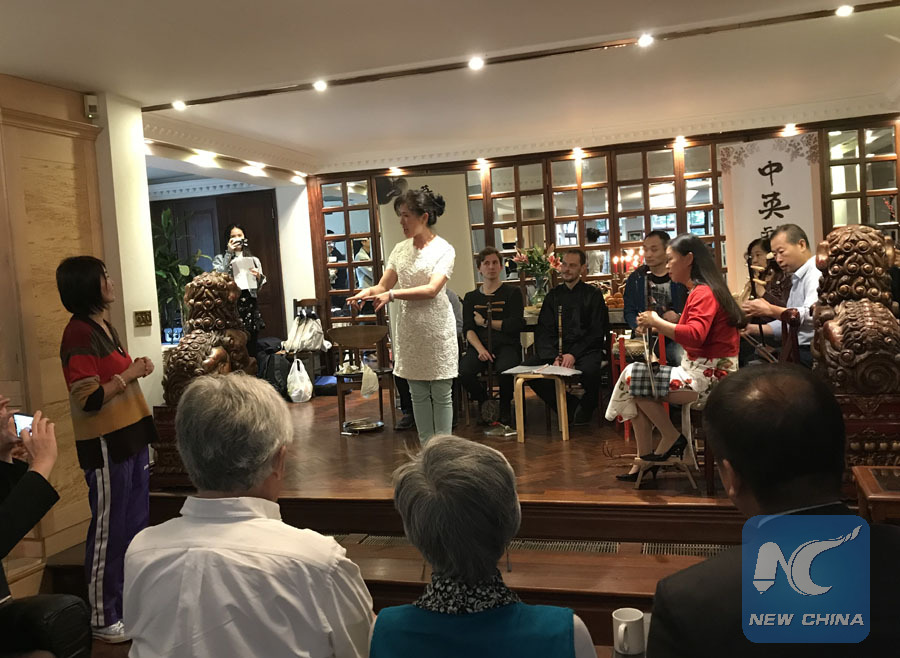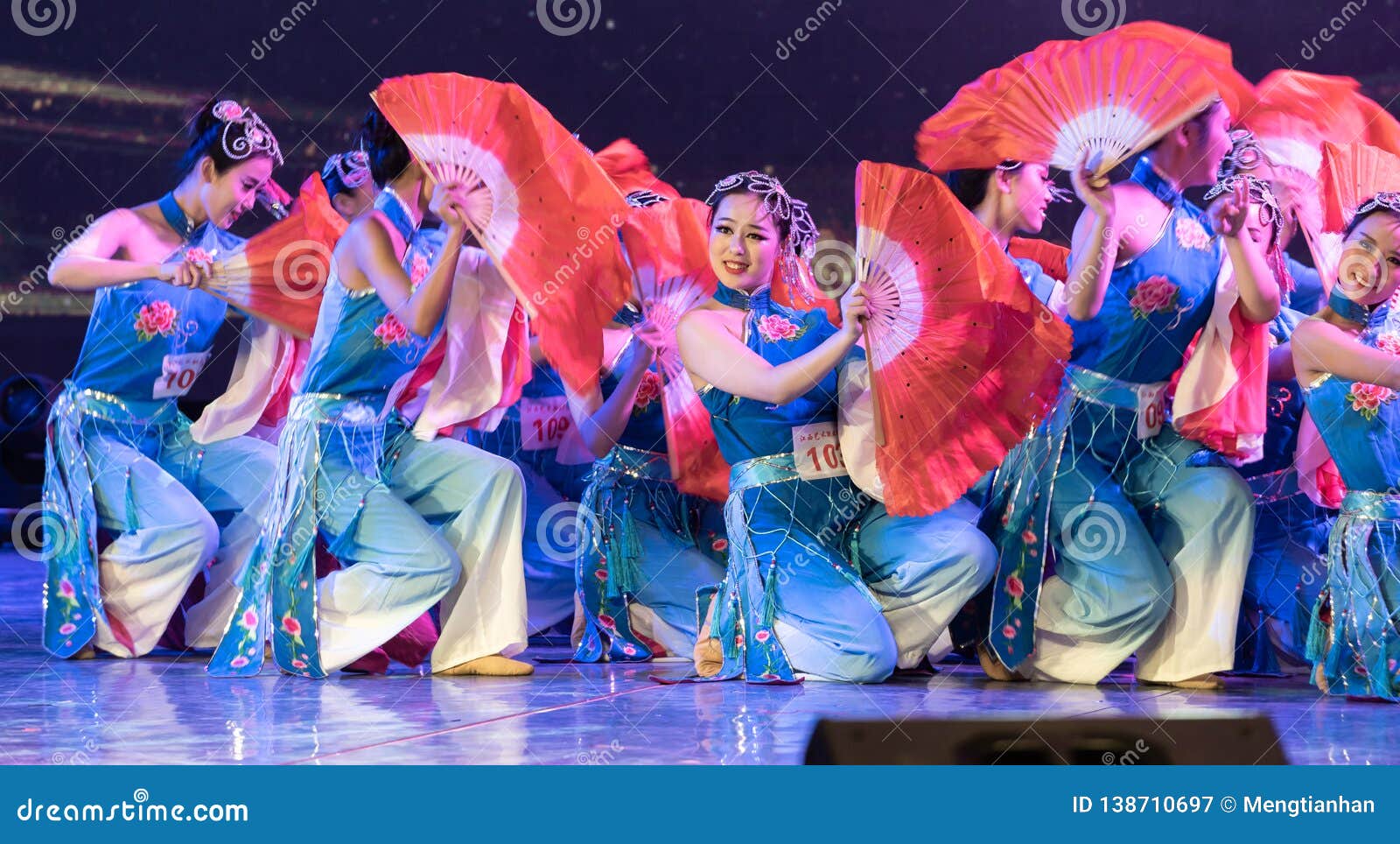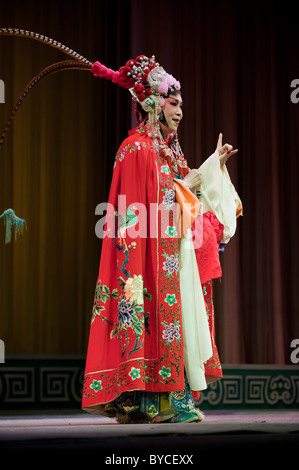


It wasn’t until just a few years ago that I realized my non-binary identity when gender issues entered the mainstream public arena. I was teased about my “girliness” relentlessly as a sensitive child. 美丽 (MěiLì) / Beauty explores my early fascination with “feminine” things – Barbies, pretty jewellery, clothes, and heels.

In light of recent turmoil in Eastern Europe, this is also a moment to remember our shared humanity and the beauty of intercultural understanding and learning.Ģ. In fact, in my parents’ home province of Xinjiang the highway signs are in Chinese, Uyghur, and Cyrillic scripts – visual proof of this intriguing cultural crossover.

As a child, my mother would sometimes hum Russian tunes and this music and language has always fascinated me. 艺术 (YìShù) / Art explores my origins as a shy, artistic child through queer icon Tchaikovsky’s Cradle Song. 旦 (Dàn) are female-identifying roles more commonly performed by men in the past, a fascinating parallel to the European opera traditions of castrato and trouser roles, both of which are common drag elements embedded in Western opera.ġ. I explore this with opera and song repertoire inspired by the East as well as Dàn female drag costume and makeup with special participation by Starlight Chinese Opera. I straddle a complex multiplicity of identities in my performing life as a male-presenting tenor in European classical music alongside my subversive female drag persona Tanya Smania. Tā (他/她) explores a complex intermingling of identities in five chapters interwoven with a journey from Toronto’s Harbourfront to Chinatown. Today, non-binary people like me are reclaiming gender ambiguity by using the phonetic PinYin “Tā” or the new invented character “X也”. Prior to European colonist influence in the early 1900s, the gender binary did not exist in China until a new female pronoun was created. My title comes from the Chinese pronouns for he (他) and she (她), pronounced the same way. “ Coming from my perspective as a non-binary, queer, second-generation immigrant Chinese Canadian artist, Tā (他/她) is my union of opera East and West, exploring a mélange of gender, culture, and sexuality. May we love, respect, and cherish the lands and people that come before us. Tā (他/她) was created in Tkaronto, Tio’tia:ke, and Coast Salish Territory, unceded territory of many including the Anishnaabeg, Haudenosaunee, Huron-Wendat, Mississaugas of the Credit, Métis, Mohawk Kanien’kehá:ka Esquimalt, Lekwungen, Songhees, and W̱SÁNEĆ peoples.


 0 kommentar(er)
0 kommentar(er)
